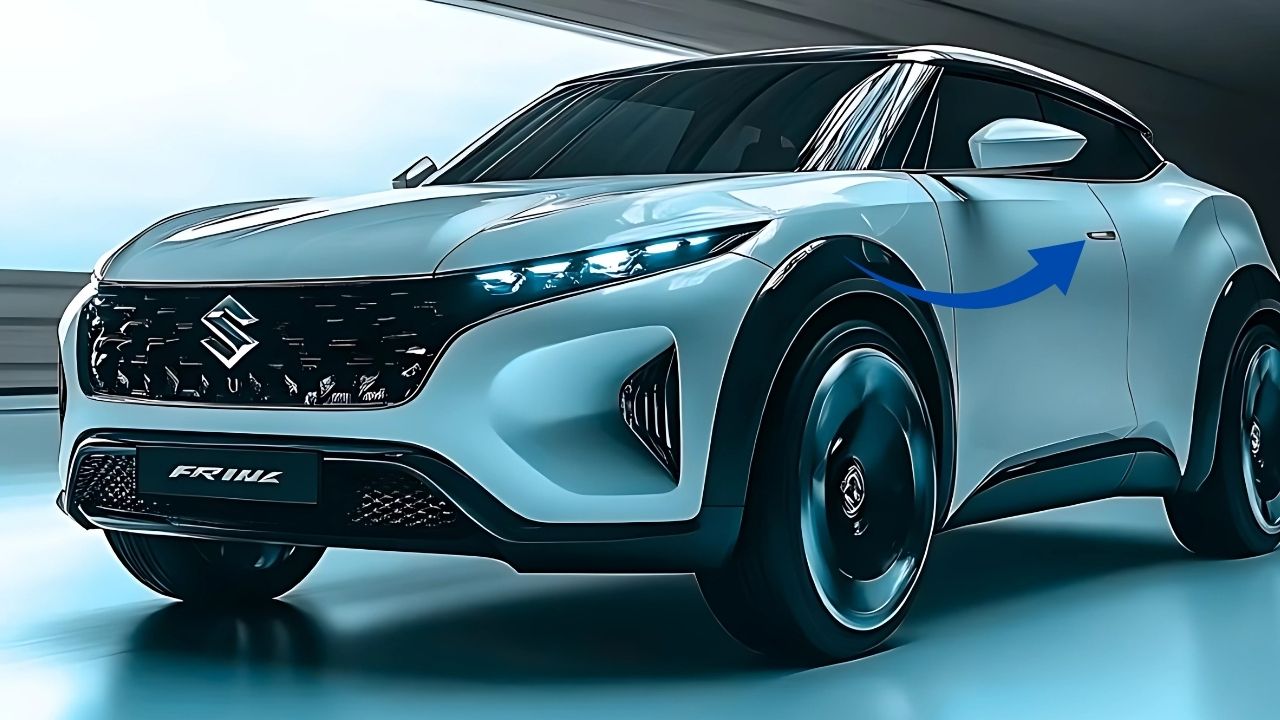Tata Motors is reviving one of the most iconic names in India’s automotive history: the Nano. Once hailed as the world’s most affordable car, the Nano struggled to live up to its promise. But in 2025, the company is bringing it back in a completely new avatar — the Tata Nano EV. With electric mobility on the rise, this reboot signals Tata’s intent to blend nostalgia with modern sustainability.
Compact Design with a Modern Touch
The new Nano EV carries forward the compact charm of its predecessor but with cleaner lines and EV-inspired tweaks. Tata Motors has reworked the design with sleeker headlamps, flush door handles, and an updated rear profile. Its city-friendly size remains intact, making it an ideal urban commuter, but now it looks sharper and more contemporary.
Driving Range and Battery Options
Positioned as an affordable EV, the Tata Nano EV is likely to come with a practical driving range of around 200–250 km on a single charge. Industry insiders expect two battery configurations — a smaller entry-level pack for budget-conscious buyers and a slightly larger option for those who want extended range. Fast charging support is also expected, allowing the car to charge up to 80% in less than an hour.
Tech and Features Inside the Cabin
While affordability will remain a core focus, Tata is not compromising on basic comfort and technology. The Nano EV 2025 is expected to feature a touchscreen infotainment system with smartphone connectivity, digital instrument cluster, voice commands, and even connected car technologies. The cabin will also offer essentials like air conditioning, power windows, and ergonomically improved seating — a big step up from the original Nano’s stripped-down design.
Safety Comes Into Focus
Safety, something the old Nano lacked, is a priority for the new model. Dual airbags, ABS with EBD, rear parking sensors, and a reinforced body structure are likely to come as standard. These features not only improve the Nano EV’s credibility but also make it compliant with evolving Indian safety norms.
Targeting the Mass Market
Tata’s real challenge lies in pricing. With its strategy of making EVs accessible to the wider market, the Nano EV is expected to be priced competitively in the ₹5–7 lakh bracket. This positions it below most EVs currently available in India, making it an entry point for first-time electric car buyers.
A Step Toward Affordable Green Mobility
The rebirth of the Nano as an electric car is a strategic move for Tata Motors. It leverages nostalgia but also speaks directly to India’s most pressing challenge in mobility — making eco-friendly transportation financially accessible. If Tata manages to balance cost, performance, and reliability, the Nano EV could once again live up to its original title of a “People’s Car,” only this time, adapted for a greener future.
